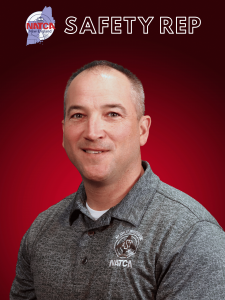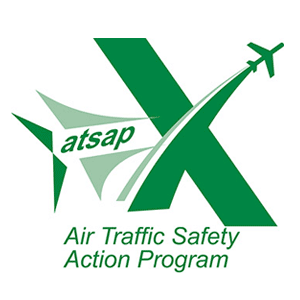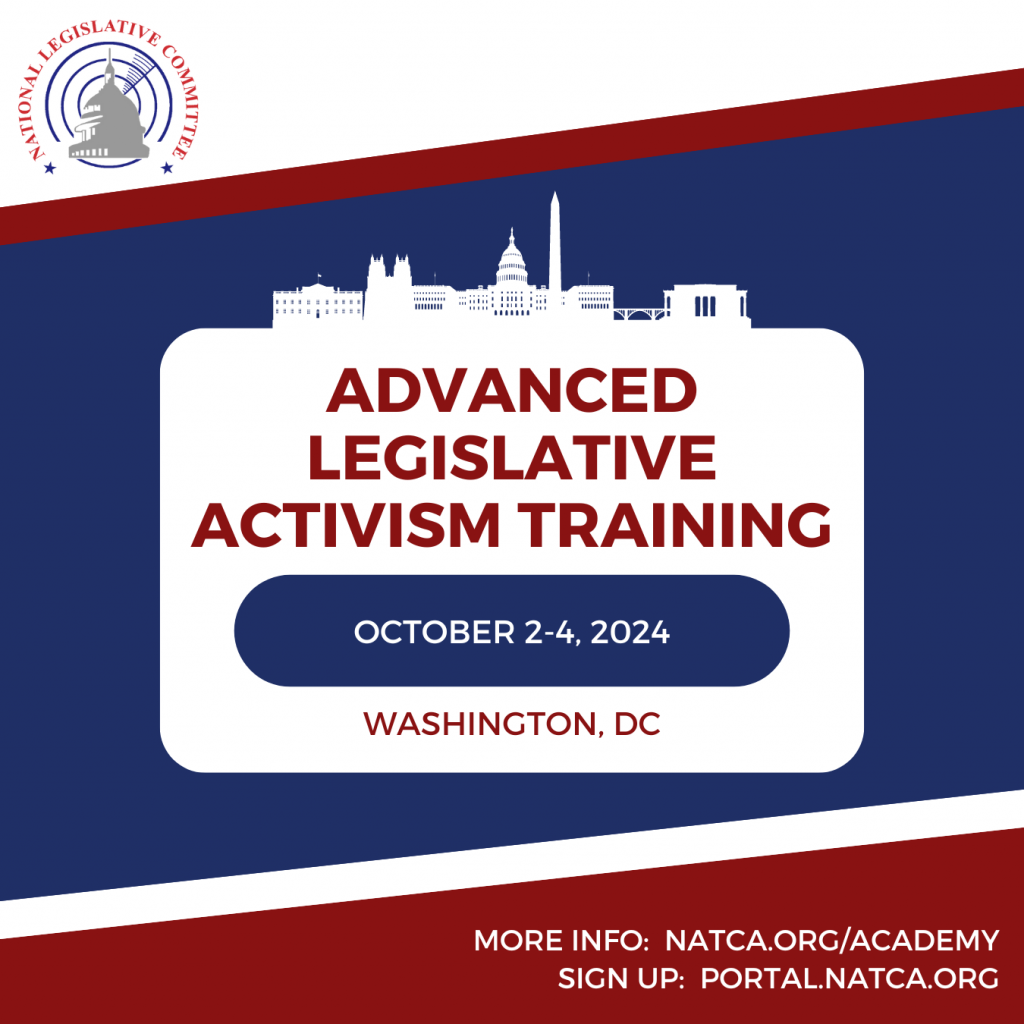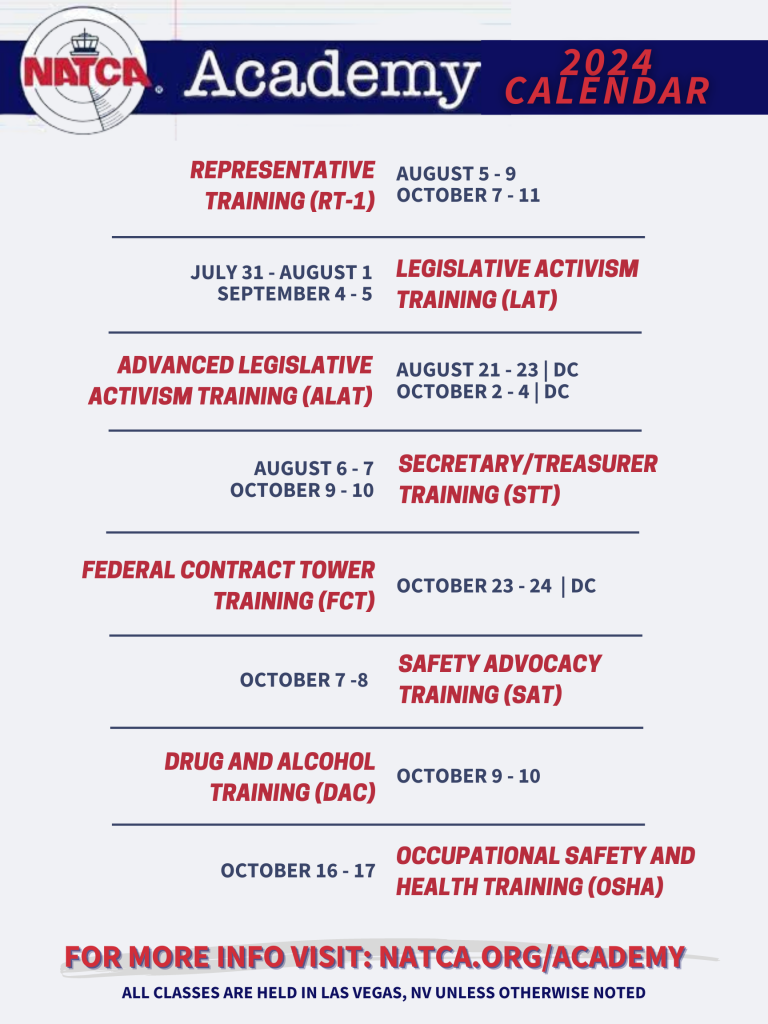
August 2024 New England Bi-Monthly Regional Update #2
From Steve Brown, NATCA New England ARVP

Once again this region leads the way nationwide–New England had a 56% voter turnout for our national and regional elections. Although this leads the country, we can and should do better this time around!
As you are aware the election for President and Executive Vice President are headed to a runoff. Soon you will be receiving your ballots to cast a second vote for these two positions. Your FacRep should be reaching out to you at some point in the near future to verify your address is correct for receiving the ballots. If you have a second, you can check this information yourself by signing into MyNATCA.
The region is working on get-out-the-vote events to try to up our participation. The goal is to get as much participation as possible in the runoff election. Look out for these events in the near future.
Please take the time to educate yourself on the candidates and make an informed decision. We will be entering a very important part of NATCA’s history during the next term. When you receive your ballot please take the five minutes it takes to fill it out and drop it in the mailbox.
We are entering a busy time in New England and nationally with leadership transitions, schedule negotiations, and elections–both for the union and for our country. If you have any questions or concerns or need anything at all, don’t hesitate to reach out.

Professional Standards
From Steve Schefcik, NATCA New England Professional Standards Chair, PWM

The ProStandards Program has shown huge success at solving issues at the lowest level in facilities all across the country. In the New England region, cases have been fairly low, but having committee members in every building throughout the region is important and their great work does not go unnoticed.
As it stands now, only 3 of our allotted 22 slots in the region are vacant (2 at ZBW & 1 at A90). The National Team plans to continue with PS training classes come the fall, so we plan to get the rest of those slots filled soon.
If you are not sure who the committee members are in your building, or want to know more about the program, feel free to reach out to your FacRep or myself at [email protected]. This is a fantastic program that resolves issues inside our buildings without management involvement, which we can agree is the best for all our members. Hope you all have a great rest of the summer!
Safety
From Seth Myers, NATCA New England Safety Rep, ZBW

We have many systems that NNE Safety tries to highlight throughout the year. In the past, we have discussed NATCA’s voluntary safety reporting program (VSRP) known as the Air Traffic Safety Action Program (ATSAP) and we would like to highlight it again. ATSAP applies to all air traffic personnel engaged in and supporting air traffic services. This program proactively improves the safety of the NAS by identifying and addressing safety issues. ATSAP is not the only VSRP. Air Traffic Safety Action Program – Region X (ATSAP X) covers engineers, architects, staff support specialists, system specialists, and the flight procedures team. We also have the Confidential Information Share Program (CISP), which integrates voluntary safety information self-reported by pilots and air traffic controllers. This data-sharing program gives a more complete picture of the National Airspace System by collecting and reviewing safety events from both Pilots and Controllers.
ATSAP was modeled after the very successful program used for airline pilots known as the Aviation Safety Action Program (ASAP). ATSAP was established in July 2008 and fully implemented at all air traffic control facilities in October 2010. These two programs ASAP and ATSAP work together through the Confidential Information Share Program (CISP).

So, what happens when you fill out an ATSAP? Once you submit your ATSAP report, it is reviewed by an ATSAP analyst who removes personally identifiable information from your report. The analyst then links your report to other similar reports and attaches any other available information regarding the event. Your report is then sent to the Event Review Committee (ERC), consisting of a member of the FAA’s Air Traffic Organization (ATO) management, a NATCA representative, and a member of the FAA’s Air Traffic Safety Oversight Service (AOV). The ERC evaluates each report submitted to the program to determine whether it meets the requirements set forth in the MOU between FAA and NATCA. If so the ERC accepts the report into ATSAP. After this process you will receive a response to your report, you can view those responses on the ATSAP website, but also make sure your contact info is correct as they may e-mail you a message. Once logged into your ATSAP account you can click on “update user details” and see what e-mail address is on file. Make sure this address is one you have access to and check regularly.
Your facility has access to a de-identified version of your ATSAP report via the safety data portal which all LSC members have access to and should be monitoring as referenced in the Partnership for Safety Order (JO 7200.21). If you select “share with LSC” when filing your ATSAP they can view the de-identified summary of your report, if you don’t select share they can only see the report title to your submission. Your report can also come back to your facility in the form of an ERC request for a joint response. The ERC can request your facility to form a collaborative response (FAA/NATCA) regarding your issue. This may include mitigations or additional information about your issue. Your report on an identified safety issue can also come back to your facility in the form of a Corrective Action Request (CAR). A Corrective Action Request is a formal request initiating action to resolve an identified concern.
There are many outcomes to you filling out an ATSAP. Your report starts a safety process that is robust and initiates action. This process only starts if you fill out an ATSAP. So many times, we are informed of issues and when the question gets asked “Did you fill out an ATSAP” more often than not the answer is “Not yet”. This program cannot work as designed if it does not get the information it needs. If you are curious about ATSAP and your facility ask your Facrep who is the ERC Point of Contact for your facility. Ask about the processes outlined above. Find out who is on your facility’s LSC and ask how they use the safety data portal and their interaction with ATSAP.
Upcoming NATCA Classes

Have you taken Legislative Activism Training (LAT) and want to know more about NATCA’s Legislative efforts?
Advanced Legislative Activism (ALAT) is conducted in the nation’s capital so that participants can learn from legislative subject matter experts. NATCA’s Leadership, Government Affairs Staff, Office of Special Council, and Legislative Consultants educate the participants on various aspects of our legislative agenda.
This popular course enhances activists’ knowledge of NATCA’s endorsement policy, how the PAC Advisory Board works, how NATCA influences legislation, and other topics. Attendees will participate in fun and educational scenarios that will prepare them to return to their regions and educate other NATCA members.
For more information visit natca.org/academy and to sign up visit portal.natca.org


